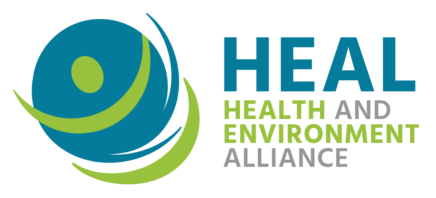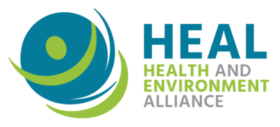As EU member states, regional and local authorities prepare to implement the revised Ambient Air Quality Directive (AAQD), this briefing by the Health and Environment Alliance (HEAL) argues that decision-makers and authorities should pay particular attention to addressing socio-economic inequalities in their clean air efforts. The swift transposition and implementation of the new rules, with strengthened administrative collaboration and the full utilisation of financial support schemes, promise significant progress towards cleaner air across Europe. Improved air quality will be beneficial to everyone and contribute to preventing health inequalities for those living in socioeconomically disadvantaged areas.
In a letter published today, thirty-four civil society groups urge the European Commission to support a proposal put forward by French authorities to restrict a group of extremely hazardous substances from single-use babies’ diapers [1].
Though it is not widely known, single-use diapers can contain a range of chemicals proven to be dangerous to human health, from carcinogens to hormone disruptors. This means that newborns and toddlers can be exposed to such substances for a long period of time during a phase of their development when they are particularly vulnerable. According to recent estimates, 14.5 million children are currently exposed to chemicals via the use of single-use diapers [2].
In 2020, France made a proposal to restrict well-known hazardous substances – formaldehyde, PAHs, dioxins, furans and PCBs – in single-use baby diapers throughout the EU. These substances are unintentionally added during the production process. Since then, scientific committees of the European Chemicals Agency (ECHA) have discussed this proposal and provided their respective opinions [3].
In the letter, ClientEarth, the European Environmental Bureau (EEB), the Health and Environment Alliance (HEAL), Zero Waste Europe and thirty other groups asks the European Commission to support the proposed restriction and draw attention to the institution’s key responsibility to take into consideration the particular vulnerability of the newborns and toddlers that the proposal aims to protect.
For a recap of the story thus far and what European authorities can still do for increased health protection in the coming months, click here.
The response to our letter from the European Commission Directorate-General for the Internal Market and the Directorate-General for the Envrionment, sent on 6 September 2022, can be found here.



